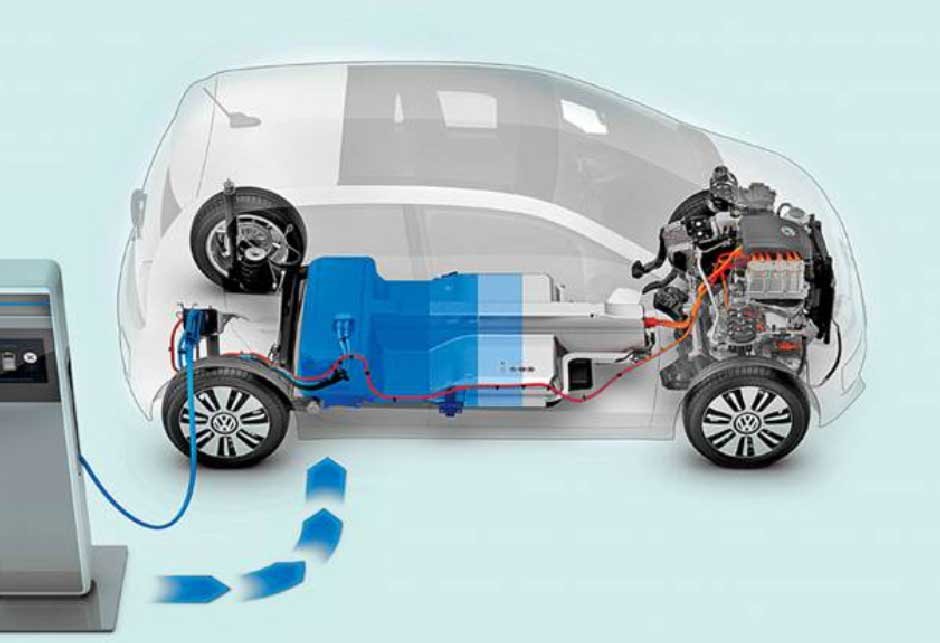Skip to the good bit
ToggleThe internal combustion engine is the powerhouse of most modern vehicles, converting fuel into motion through a finely tuned process of controlled explosions. While the concept might sound complex, the engine operates on straightforward principles that have been refined over more than a century.
Understanding how it works highlights its remarkable engineering and uncovers the importance of regular maintenance to keep it running smoothly. Let’s explore the fascinating mechanics behind this cornerstone of automotive technology.
How the Internal Combustion Engine in a Car Works
The internal combustion engine is the heart of most cars, transforming fuel into motion through a series of controlled explosions. As of 2023, there are approximately 1.4 billion internal combustion engine vehicles in operation worldwide. At its core, this engine works on a simple but powerful principle: burning a fuel-air mixture inside a cylinder to produce energy.
This energy pushes pistons that convert the combustion’s force into mechanical power, driving the wheels of your car. Despite its complexity, the process can be broken down into four key stages – intake, compression, power, and exhaust – known as the four-stroke cycle.
Each of these stages is critical for the engine’s function. During the intake stroke, the engine pulls in a mixture of air and fuel, setting the stage for combustion. The compression stroke follows, where the piston compresses this mixture, increasing its pressure and volatility.
Next comes the power stroke, the heart of the process, where the compressed mixture is ignited to create a controlled explosion that forces the piston downward, generating energy. Finally, the exhaust stroke expels the spent gases, clearing the cylinder for the next cycle.
The Role of Air and Fuel in Combustion
For combustion to occur, the engine needs a precise mix of air and fuel. This mixture is carefully delivered through a fuel injection system, replacing the older carburetor systems in most modern cars.
Air enters the engine through the intake manifold, where it is mixed with fuel before being injected into the cylinder. The ratio of air to fuel is meticulously controlled to ensure efficient combustion, maximizing energy output while minimizing waste.
Without clean fuel, the engine’s performance would suffer significantly, so it is essential to remove impurities like dirt, rust, and other contaminants from the fuel before it reaches the engine.
Contaminants could clog injectors, disrupt the fuel-air ratio, and lead to uneven combustion. Proper fuel gas filters ensure that the engine operates smoothly, prolonging its life and reducing the likelihood of expensive repairs.
Ignition – Turning Potential Energy into Motion
Once the air-fuel mixture is compressed in the cylinder, the ignition system steps in. In gasoline engines, a spark plug produces a spark at precisely the right moment to ignite the mixture.
In diesel engines, the fuel is injected into highly compressed air, where the heat generated by compression ignites it automatically. The explosion caused by ignition creates a rapid expansion of gases, driving the piston downward.
This downward motion is where mechanical energy is born. The pistons are connected to a crankshaft, which converts their linear motion into rotational motion.
This rotational energy is then transmitted through the drivetrain to the wheels, propelling the car forward. Every step, from ignition to power delivery, relies on the engine working seamlessly, a task that depends on both precise engineering and regular maintenance.
Exhaust and Emissions – Clearing the Way for the Next Cycle
After the power stroke, the spent gases need to be removed to make room for fresh air and fuel. This is achieved during the exhaust stroke, where the piston pushes the gases out through the exhaust valve and into the exhaust system.
The gases pass through the catalytic converter, which reduces harmful emissions, and then exit via the muffler, which dampens engine noise. This process ensures that the engine is ready to begin the next cycle without interference from leftover combustion products.
Efficient exhaust removal is vital for engine performance and environmental compliance. Modern engines are designed to minimize emissions, meeting stringent standards while maintaining power.
The seamless coordination of the exhaust system with the rest of the engine ensures that performance and sustainability go hand in hand.
Importance of Regular Maintenance
Regular maintenance is essential to keep an internal combustion engine running efficiently. Components like fuel gas filters, spark plugs, and injectors must be inspected and replaced as needed. Worn-out spark plugs can lead to misfires and reduced fuel efficiency.
Similarly, the oil and oil filter should be changed regularly to keep engine components lubricated and reduce friction. Neglecting these tasks can result in excessive wear and tear, overheating, and a shortened engine lifespan.
Neglecting these elements can lead to decreased fuel efficiency, higher emissions, and costly repairs. Advancements in engine technology, such as turbocharging and variable valve timing, have made engines more powerful and efficient while reducing their environmental impact.
While electric vehicles are growing in popularity, the internal combustion engine remains a cornerstone of automotive technology. Its ability to provide reliable power with decades of refinement makes it an enduring choice for millions of drivers worldwide.
Understanding how it works not only deepens our appreciation for engineering but also emphasizes the importance of proper care and maintenance for optimal performance.
Conclusion
The internal combustion engine is a marvel of innovation, transforming fuel and air into the power that drives our cars. From the precise timing of the four-stroke cycle to the vital role of many intricate components like fuel gas filters, each part works in harmony to ensure efficiency, performance, and reliability.
While modern advancements continue to make these engines more powerful and environmentally friendly, proper maintenance remains essential to keep them operating at their best. Whether you’re a car enthusiast or a casual driver, understanding the basics of how your engine works can help you appreciate its complexity and care for it more effectively.







